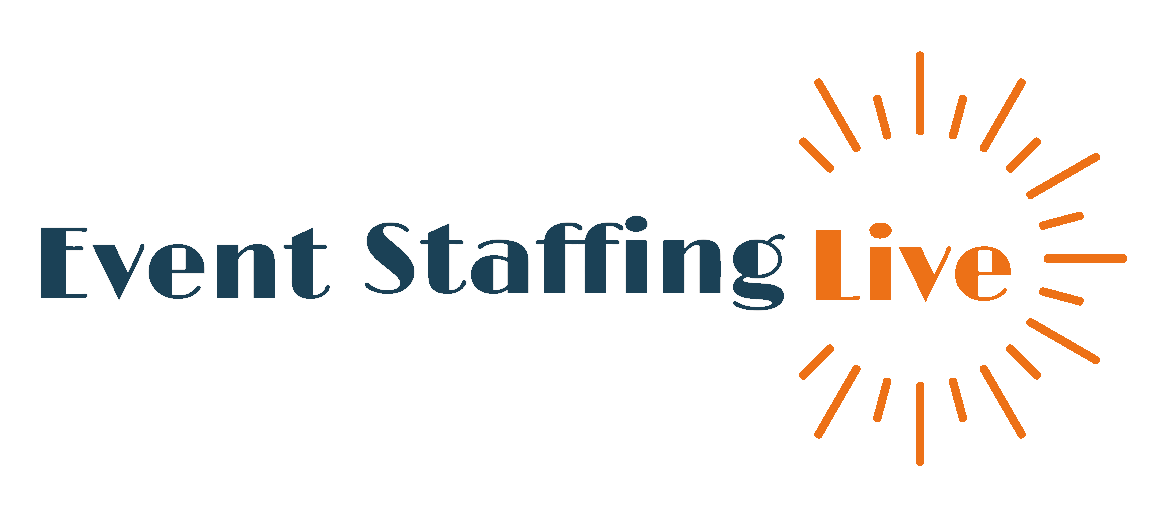Lead Generation at Events: Turning Engagement into Measurable Growth
Events are one of the few opportunities where brands meet potential customers face-to-face. The interaction is personal, immediate, and impactful. Yet, many companies focus on the visual setup and overlook the real goal: capturing qualified leads that drive post-event sales. Effective lead generation at events depends on preparation, staff training, engagement design, and consistent follow-up.
Define Your Lead Goals
Lead generation begins long before the event. You need to define what a lead means for your brand. Are you collecting email addresses for future marketing campaigns, identifying prospects for direct sales, or encouraging trial sign-ups? The clearer the goal, the more focused your approach will be. For instance, if your aim is to increase store visits, every interaction should guide people toward that specific action. Setting measurable targets helps track results later and ensures your team knows what success looks like.
Design for Engagement and Flow
Your booth or activation should attract attention and encourage participation without confusion. Open layouts work best, allowing people to approach easily from multiple directions. Keep visuals simple and direct, showing what the brand offers at a glance. Every design choice should guide visitors toward an intended action, whether that’s scanning a QR code, trying a product, or filling out a quick form. A well-designed space reduces friction and increases the likelihood that visitors engage long enough to convert into leads.
Train Staff for Conversation and Conversion
No booth or display can replace strong human interaction. Your staff must know how to approach, engage, and qualify visitors. Their role is not only to greet but to listen, identify genuine interest, and guide people through the process of sharing their information. Proper training includes brand messaging, basic sales language, and conversation flow. A confident, informed brand ambassador converts casual curiosity into real leads because they create meaningful exchanges rather than surface-level greetings.
Use Technology to Capture Leads Efficiently
Digital tools streamline lead collection and eliminate the risks of manual errors. Instead of paper sign-up sheets, use tablets or mobile apps that feed data directly into a CRM system. QR codes are especially effective for quick engagement, allowing attendees to sign up or learn more with one scan. For trade shows, badge scanners can instantly capture verified contact details. These tools not only speed up the process but also make it easier to categorize leads as hot, warm, or cold. Having clean data means your sales team can act faster after the event.
Offer Real Value for Participation
People are cautious about sharing their details. You need to give them a reason to engage. The best incentives are relevant to your brand and useful to your audience. Discounts, exclusive access, or free samples are simple but effective. Avoid prizes unrelated to your offering, as they attract people who are interested in the reward, not your product. When visitors see clear value in sharing their information, they do so willingly and with genuine interest.
Collect Data Responsibly
Trust is part of every brand interaction. Make sure data collection is transparent and compliant with privacy laws. Clearly explain how the information will be used, whether for newsletters, follow-ups, or special offers. Responsible data handling not only builds credibility but also protects your business from legal risks. Ethical collection practices turn short-term leads into long-term relationships because people remember when a brand respects their privacy.
Follow Up Fast and Stay Personal
Lead generation only matters if you follow through. Contact leads within a day or two while their memory of the event is still fresh. Personalized messages perform better than generic ones. Mention the event, the booth experience, or a product they showed interest in. Offer a clear next step such as scheduling a demo or visiting a website. Timely, personal communication keeps momentum and shows professionalism. Delayed or impersonal outreach wastes the effort put into generating those leads.
Measure Performance and Improve
After the event, evaluate results to understand what worked and what needs refinement. Measure not only how many leads were collected but also how many turned into qualified prospects or customers. Compare these results across events to identify patterns in booth design, staff approach, or incentive strategy. Every event becomes a learning opportunity. Over time, this data-driven approach helps refine tactics, improve training, and strengthen your overall return on investment.
Key Takeaway
Lead generation at events is about connection with purpose. It turns brief interactions into measurable business growth. By setting clear goals, designing for engagement, training staff effectively, and following up quickly, you convert casual interest into loyal customers. When every part of your event supports the lead process, the results extend far beyond the day of the activation.
Want to turn more event interactions into lasting business growth? At Event Staffing Live, we help brands and organizers elevate their strategies with insights, tools, and staffing expertise that drive real results. Reach out today to learn how your next event can become a lead-generation success story.
FAQs
1. How do I know if my event lead generation strategy worked?
Track both the quantity and quality of leads collected. Measure how many leads convert into meetings, sales, or long-term customers. Compare results against your original goals, such as sign-ups, trials, or conversions. Reviewing data across multiple events helps identify what consistently drives results.
2. What is the most effective way to collect leads on-site?
Digital tools like tablets, QR codes, and badge scanners are faster and more accurate than manual sign-ups. They reduce data loss and integrate easily with CRM systems, which allows your team to follow up sooner.
3. How soon should I follow up after the event?
Within 24 to 48 hours. The faster the response, the higher the chance of conversion. Personalize each message by mentioning the event and what the person interacted with or expressed interest in.
